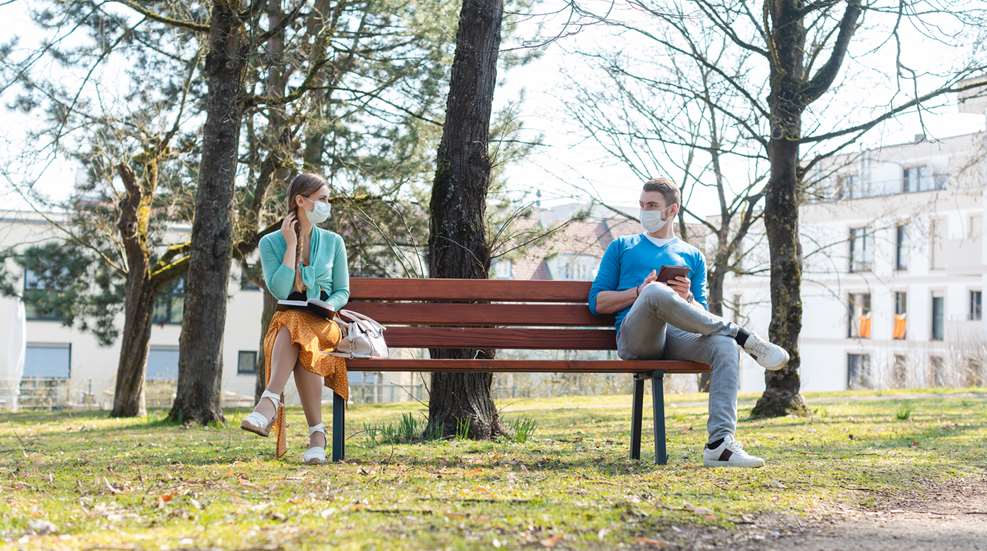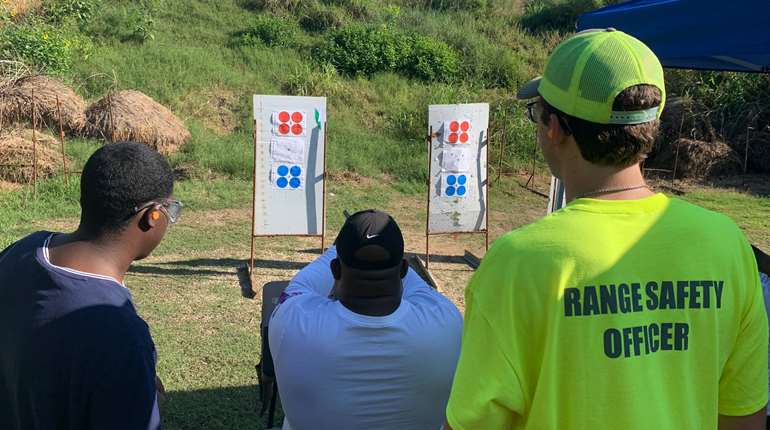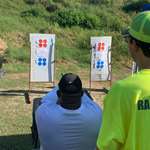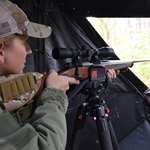
COVID-19 has sickened many, but it can't hold a candle to the sickness that lives in the hearts of criminals and predators. Those who prey on women have already begun taking advantage of women who are exercising alone in the outdoors because their local gym is closed. Here's an example from California; another from Pima County, Arizona; and here's one from right here in the NRA's backyard. It's a scary trend ... but there is an upside.
Although the COVID-19 pandemic is a hurricane's worth of dark clouds, there's a silver-lining benefit for your personal safety peeking through the overcast. That unexpected benefit comes in the form of those same social-distancing mandates that still have most indoor exercising options closed. The mandate requires that we all leave at least 6 feet of space between ourselves and others to slow the spread of the pandemic ... and it has the potential to help keep us safe not just from the virus, but criminals as well.
The first way social-distancing mandates will help you boost your security is folded into the last sentence of the above paragraph: "social norms." That phrase means exactly what it sounds like—it is now normal and expected to leave a 6-foot distance between ourselves and strangers. One of the best ways to determine whether or not a stranger who has approached you has good intentions is is to observe whether he or she observes social norms, or violates them. That's because human predators have what many self-defense experts call a "victim selection process." Part of that "victim selection process" is finding a woman who is either unaware or shy, and the way they do that is by violating social norms in small ways to see how she reacts.
And what's one of the most "popular" ways for a criminal to violate a social norm? Invading your space. Up until about mid-March 2020, the American social norm for personal space was approximately arm's length—around 3 feet. That meant that most of our internal alarm bells weren't going to start going off until the person who was "invading our bubble" was already within grabbing range. Now that the norm for personal space is 6 feet, alert self-defenders will have some extra breathing room (literally).
The truth is that 6 feet still isn't enough from a self-defense perspective. Studies have shown that the real distance we want to keep is 21 feet, because that's the minimum distance that will allow us to deploy a firearm to defend ourselves against an onrushing attacker. (If you'd like to read more about why that is, click here for this fine article from our friends at Shooting Illustrated.
Of course, it's simply not practical to maintain a seven-yard distance from our fellow humans at all times, nor do we really want to. But social distancing doesn't just give us a little bit of space. It gives us permission to be rude. That's important because one of the top reasons even the most well-trained female self-defenders find ourselves in uncomfortable or dangerous situations is that we're socialized to be polite ... definitely a social norm that we can and should break when we suspect we're in danger. These days, however, saying something like, "Stand back, you're too close" is not just socially acceptable but expected of us.
The fact that a person has wandered too close to you doesn't automatically mean that they mean you any harm—most of the time, it will either be accidental or an artifact of The Good Old Days When We Used to Shake Hands. However, someone who stays too close and ignores your non-verbal and verbal warnings to back off? That's someone who should set your personal alarm system from Condition Yellow to Condition Orange.
There's one more odd benefit that sharp-eyed self-defenders can derive from the pandemic. When we're all wearing masks that obscure our noses and mouths, we're forced to focus on the eyes when we engage someone else. This can actually reveal more than it conceals, because it makes it much easier to tell when someone is genuinely smiling and when they're faking it. A "real" smile—also called a Duchenne smile—causes the corners of the eyes to crinkle into "crow's feet." A "fake" smile only engages the muscles of the mouth. Of course, there are plenty of innocent reasons to fake a smile (there's that "social mores" thing again), but being aware of the subtle differences between the things people say and their expression when they say it is a highly underrated situational-awareness strategy.
As the conditions of the pandemic shift and quarantines lift, life will begin to go back to normal ... but that social-distancing mandate is likely to remain in place for a long time. We NRA Women should mine all of the silver linings from it so we can stay safe, healthy and happy.














































